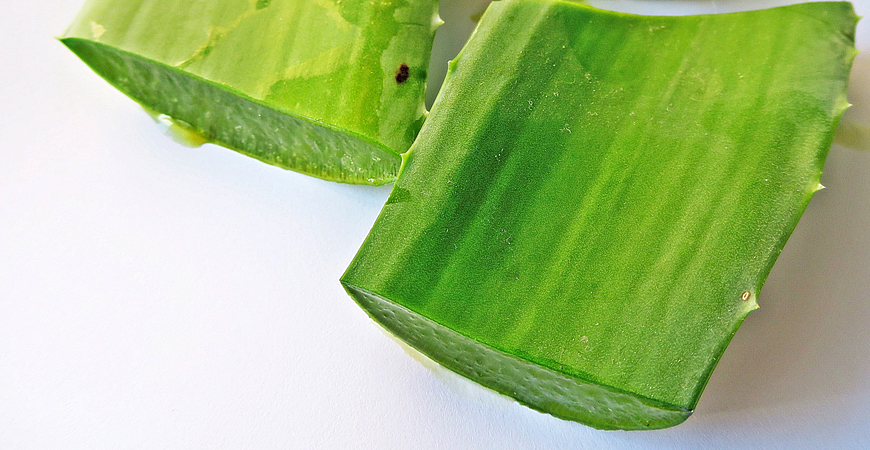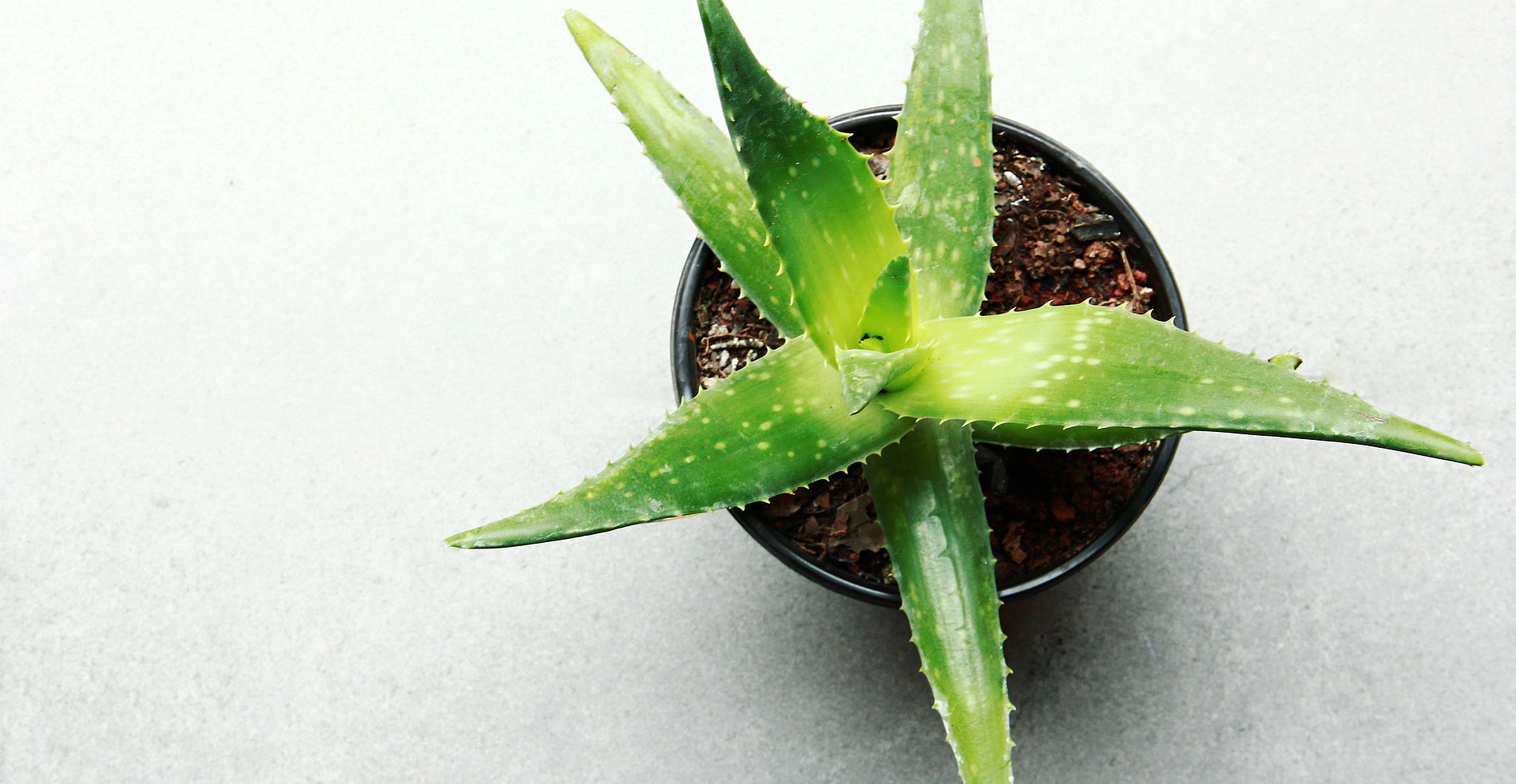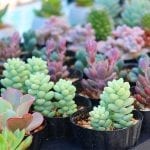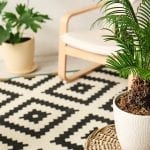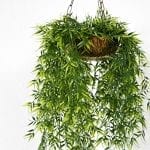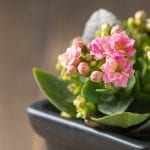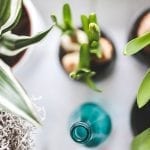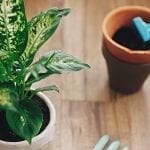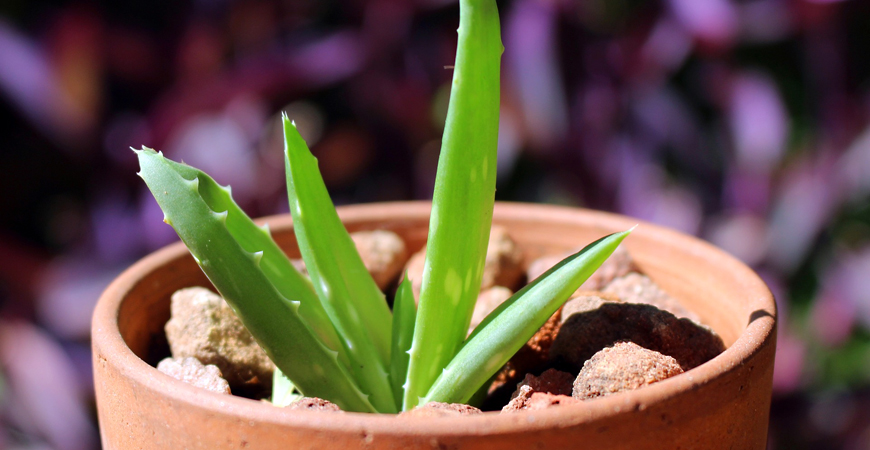
How to Grow Aloe Vera Indoors
Aloe vera (Aloe barbadensis miller) is a popular indoor plant due to its unique health benefits. It is a great tropical succulent that can easily be grown indoors, and the gel inside the leaf can be applied to the skin to relieve a burn, insect bite, or a minor cut. Here, we will cover how to grow aloe vera indoors.
What is an aloe vera plant?
Aloe vera plants have pale green, fleshy leaves with spines along the edges. Moreover, not only is this plant known for its soothing and cooling gel inside its leaves, but it’s a great air-purifying plant to have inside your home.
Note: If you’re wondering how to grow aloe vera indoors, it’s important to know that the plant is beneficial for humans but is toxic to dogs and cats. If ingested, aloe vera can cause vomiting, diarrhea, and lethargy.
With this in mind, place and grow the plant on top of a tall bookcase, or high up on a shelf, out of the reach of pets.
What are the basic requirements to grow an aloe vera plant?
Soil
A sandy, well-draining, potting soil is best for growing aloe vera. The plant thrives when grown in containers and likes to have its roots crowded, making it an ideal houseplant.
Mature plant size
Aloe vera grows to one to two feet in height and one-half to one foot in width.
Light requirements
Place your aloe vera plant where it will receive bright, indirect light. A window that faces south or west is best.
Water requirements
Aloe vera requires little moisture, so water sparingly. Allow the soil to dry between waterings and reduce watering in winter.
Fertilizer requirements
The best way to feed aloe vera is with a liquid houseplant fertilizer. Choose one with a nutrient ratio of 10-40-10, and then apply the fertilizer according to the package instructions.
Aloe vera plants prefer light, infrequent feedings. Begin feeding in March and feed once a month. Additionally, do not fertilize aloe vera from late summer to late winter.
Indoor temperature requirements
Aloe vera thrives in the usual range of indoor temperatures. Furthermore, display the plant in a room that is set above 50°F.
What are common pests to look out for?
Check the plant for signs of mealy bugs, scale, and aphids.
Mealybugs– Mealybugs appear on leaves, looking similar to tiny puffs of white cotton. Rid your aloe vera of mealybugs with rubbing alcohol and an ear swab. Dip the ear swab in alcohol and wipe the affected plant foliage. Or, apply an insecticidal spray.
Scale– Scale insects appear on foliage as small, oval-shaped bugs with a shell-like covering. The insect will suck the sap from plant leaves which weakens the plant. Pick scale insects from the plant by hand or eliminate them with a horticultural spray.
Aphids– These tiny insects are usually light in color and grow to approximately 1/2 inch in length. They may be brown, red, green, yellow, or black, depending on the species. If your aloe vera starts to yellow, inspect the underside of the leaves for aphids.
If your plant has aphids, you may see ants as well. Aphids secrete a sticky substance that will attract ants.
To get rid of aphids, remove any infected leaves from the plant. Spray the plant with a strong stream of water to knock them from the plant. Or, apply neem oil or insecticidal soap to eliminate them.
What causes my aloe vera to have a disease?
There are several ways your aloe vera can develop a disease. Overwatering or poor drainage is typically the main suspect.
If you notice brownish spots on mature leaves, then you may be overwatering your aloe plant. Additionally, make sure your aloe vera plant has proper drainage to avoid rotting your plant’s roots.
Common aloe vera root diseases include root rot, soft rot, and leaf rot. Typical root rot symptoms include dark, soft, lower leaves and dark brown, mushy root tips.
However, root rot can also be caused by a lack of sunlight or from growing the plant in a room that is too cold or too hot.
To clarify, aloes grown without sufficient light will look long and scraggly. Furthermore, aloe vera is a tropical plant, so it’s best to grow aloe vera in a room with a consistent temperature- between 55℉ (12.7℃) and 80℉ (26.67℃).
For mature plants with healthy new growth (no spots), remove and toss all diseased leaves. Then reduce watering and monitor the plant for signs of new, healthy growth.
If brown spots appear on new leaves, then it’s a troubling sign. For this reason, you may want to consider propagating a pup that is removed from a healthier plant stem.
How do I propagate my aloe vera plant?
Aloe vera is propagated in two ways – from offshoots or leaf cuttings. Propagating is an inexpensive and fun way to watch your plant grow.
Offshoot propagation
- Remove the offshoots or “pups” that sprout from the plant’s base.
- Then, remove a pup by carefully removing the dirt near the pup’s base and checking for healthy roots.
- Use a sharp knife to carefully separate the pup from the mother plant and be careful not to damage the plant roots.
- Plant the pup in a container filled with cactus soil because it will help will drainage.
- Finally, place the container in indirect sunlight.
Home repair expert, Danny Lipford, says, “Offsets are new plants coming up around the parent. They can be teased or cut away from the parent and are the easiest to propagate. You can usually dig up offsets without disturbing the parent plant.”
Leaf-cutting propagation
- Use a kitchen knife to cut a longleaf just below the node root.
- Let the cut leaf dry on a paper towel for a few hours, causing a seal to form on the cut surface.
- Lastly, lace the cut leaf in a rooting medium. Keep the soil moist until roots begin to form.
How do I harvest and use aloe vera gel?
The healing properties of aloe vera gel are the most potent when applied directly from the plant. Here’s how to harvest beneficial aloe vera gel:
- Start by selecting a long, thick leaf.
- Use a sharp kitchen knife or shears to trim the leaf from the base of the plant.
- Place the cut leaf upright in a coffee mug or small glass, with the cut side down. You’ll see a yellowish liquid draining from the leaf.
- Then, allow the cut leaf to drain for 10-to 15 minutes.
- Place the leaf on a cutting board and use a kitchen knife to remove the leaf edge.
- Using the edge of the knife to lift the cut leaf away from the clear aloe.
Aloe vera has been used since ancient times as a skin treatment. Its gel may prove effective in treating one or more skin conditions such as:
- Acne
- Dandruff
- Minor burns
- Psoriasis
- Seborrhea
- Skin abrasions
Did you know? Aloe vera is a popular ingredient in cosmetics and beauty products such as suntan lotions, shampoos, and hand creams. Grow aloe vera to add greenery into your home and harvest the gel to treat burns and other conditions.
If you have an aloe vera plant, then be sure to comment down below your personal tips and tricks to grow aloe vera indoors successfully.

